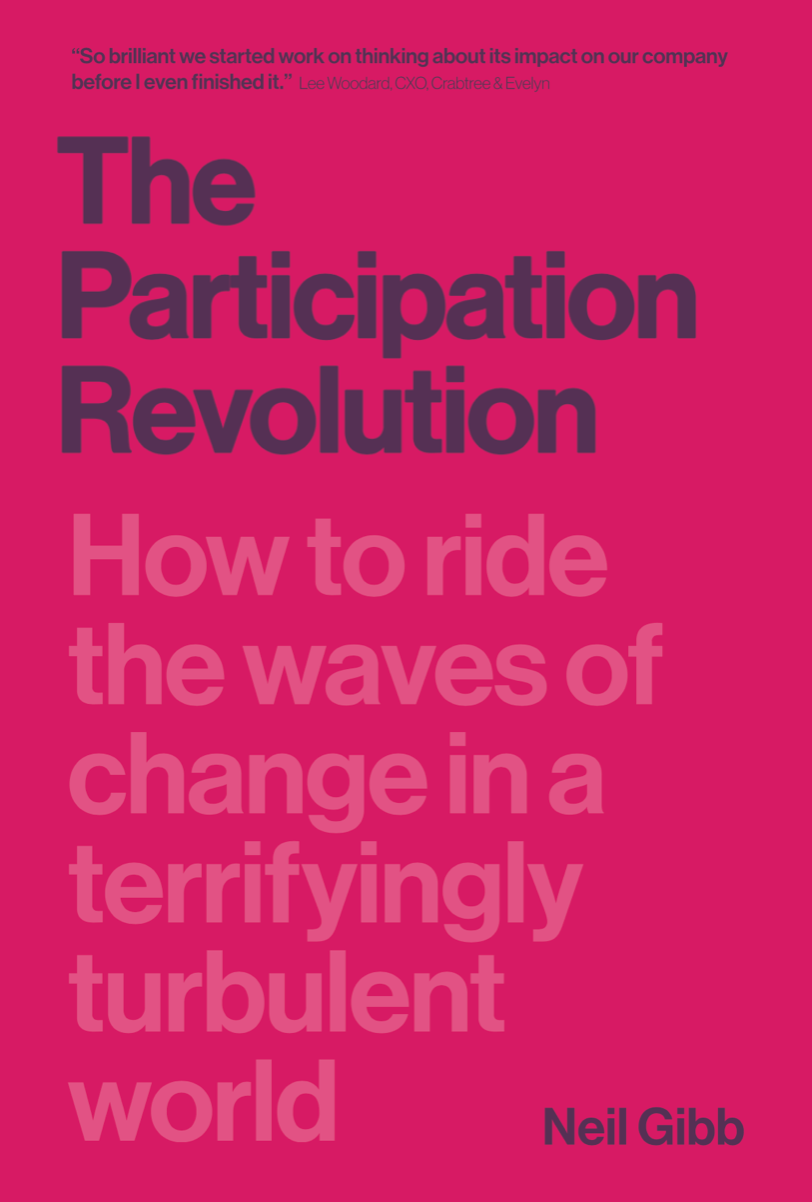Eye Books is a small, independent publisher championing extraordinary stories and overlooked voices since 1996. We publish bold fiction and non-fiction, work closely with our authors, and take pride in bringing unique books to adventurous readers.


How to ride the waves of change in a terrifyingly turbulent world
It can at times feel like everything is falling apart. And there is a reason for this. It really is.
In the next ten or twenty years, as many as seven in ten current jobs will disappear. Half of today’s corporations will no longer exist.
We can either see this as an end or a beginning. In this uplifting and essential guide to a bewildering future, Neil Gibb shows how we are witnessing the birth of a new world order, in which passive consumers are being replaced by active participants. We are at one of those rare points in human history, he argues, when a whole way of thinking is on the turn, just as it was in the Renaissance and the Industrial Revolution.
Those who catch the swell early are the ones who prosper. Those who don’t get it will be left behind.
‘So brilliant we started work on thinking about its impact on our company before I even finished it’ Lee Woodard, CXO, Crabtree & Evelyn
‘The Participation Revolution provides a rich and topical narrative for the changes that we sense in the world around us but may not yet have been able to verbalise. Neil Gibb’s insights offer a useful framework for anyone – individual or organisation – seeking to adapt to a fast-changing landscape Neil Stott, Cambridge Judge Business School
UK postage is free if you spend £20 or more
